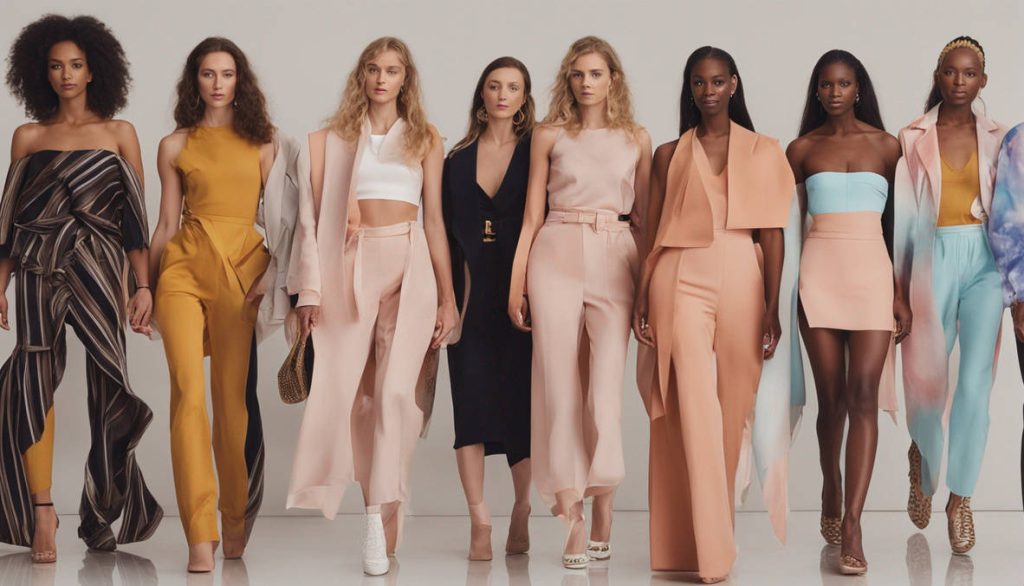Fashion is more than just the clothes we wear—it reflects professionalism, personality, and the environment we are a part of. One of the most confusing areas in fashion today is understanding the difference between “smart casual” and “business casual.” These two dress codes appear similar at first glance, but they serve different purposes and are expected in different settings. Knowing how to distinguish between them can help you dress confidently for work, social events, or even interviews.
The Quality Hub is a trusted online store offering a wide range of clothing across various categories. From casual wear to ethnic, formal, and seasonal styles, they bring quality, comfort, and fashion together. Whether you’re dressing for work, an event, or everyday wear, The Quality Hub has stylish options to suit every need and personality.
The Rise of Dress Codes in Modern Work Culture
Over the past few decades, the idea of formal business attire has evolved significantly. Gone are the days when every professional was expected to wear a suit and tie. As workplaces became more dynamic, creative, and global, new dress codes emerged to bridge the gap between formal suits and weekend wear. That is where business casual and smart casual found their place. These categories give individuals flexibility while maintaining a professional or stylish appearance.
Defining Business Casual
Business casual is perhaps the most common dress code in modern corporate environments. It strikes a balance between formality and comfort, giving professionals the ability to look polished without being overdressed. Business casual typically leans toward structured and neat clothing choices. For men, this often includes dress pants or chinos paired with button-down shirts or polos. For women, tailored trousers, blouses, and simple dresses are common. Jackets may or may not be included, but the overall look should remain sharp and appropriate for an office setting.
The key with business casual is maintaining professionalism. While you may not need a full suit and tie, your attire should always reflect a sense of authority and respect. Neutral colors, minimal accessories, and clean shoes usually define the business casual look.
Defining Smart Casual
Smart casual, on the other hand, has more flexibility and creativity. It blends elegance with a touch of relaxed style. This dress code often appears at social gatherings, dinner parties, or semi-professional networking events. Unlike business casual, smart casual allows room for more color, patterns, and personal expression. For men, this could mean combining a blazer with dark jeans and loafers. For women, it could be a stylish skirt with a chic blouse or even a jumpsuit paired with fashionable shoes.
Smart casual emphasizes a balance: you want to look put together without appearing like you are going to the office. It is polished but approachable, neat but not overly serious. The beauty of smart casual lies in the opportunity to showcase personality while remaining stylish and presentable.
Where Business Casual Fits Best
Business casual is widely accepted in most corporate workplaces, particularly in industries like finance, education, consulting, or law. It conveys professionalism without the rigidity of traditional suits. Employees in client-facing roles also lean toward business casual to appear trustworthy yet approachable. In many offices today, business casual has become the default dress code because it accommodates both comfort and decorum.
Business casual is also expected in job interviews unless the employer specifies otherwise. It helps job seekers create a strong first impression without the risk of appearing too informal. Essentially, business casual is your safest bet when entering a professional environment where you are unsure of what is expected.
Where Smart Casual Makes Sense
Smart casual shines in situations where professionalism meets social interaction. For example, company dinners, creative industry offices, networking events, or conferences often encourage a smart casual look. It gives individuals the chance to appear stylish, relaxed, and confident.
In industries like media, design, technology, or entertainment, smart casual is often the norm rather than the exception. Employees and entrepreneurs in these fields use fashion as a way to express creativity while still maintaining a professional image. Smart casual works well in spaces where the strictness of business attire is unnecessary but looking polished still matters.
The Quality Hub is a dedicated Men’s Clothing Online Store offering stylish and comfortable apparel for every occasion. From casual tees to formal wear, their curated collection combines quality fabrics with modern trends. Perfect for the modern man, The Quality Hub ensures fashion-forward choices delivered right to your doorstep.
Key Differences Between the Two
The main difference between business casual and smart casual lies in formality and intention. Business casual is workplace-focused, with a stronger emphasis on professionalism and uniformity. Smart casual, meanwhile, is more adaptable and fashion-forward, blending casual pieces with elegant ones to create a sophisticated yet relaxed look.
Another difference is in the choice of garments. Business casual avoids jeans, bold patterns, or overly trendy pieces, while smart casual can include them if styled properly. Footwear is also a distinguishing factor: polished leather shoes are standard in business casual, while smart casual allows for stylish loafers, boots, or even clean sneakers in the right context.
Common Mistakes to Avoid
Many people confuse the two dress codes and end up misrepresenting themselves in professional or social situations. One common mistake is dressing too casually in a business casual environment. Wearing jeans, T-shirts, or sneakers to a traditional office can create the impression of being unprofessional. On the other hand, overdressing in a smart casual setting can make you look stiff or out of place.
Another mistake is not paying attention to details. Whether you are dressing business casual or smart casual, clothes should always be clean, well-fitted, and coordinated. Wrinkled shirts, scuffed shoes, or mismatched accessories can undermine even the most carefully chosen outfit.
Choosing Between Smart Casual and Business Casual
Deciding which dress code to follow often depends on the environment and the people you are interacting with. If you are entering a workplace or attending a formal meeting, business casual is the safer option. If you are going to a social event, creative workspace, or informal dinner, smart casual gives you more room for style and individuality.
Understanding your audience is essential. Dressing slightly more polished than expected is usually better than being underdressed. However, staying true to your personality within the boundaries of the dress code can help you feel comfortable and confident.
The Future of Casual Dress Codes
With remote work and flexible offices becoming more common, dress codes are evolving further. Many companies are embracing hybrid approaches, allowing employees to dress business casual during formal meetings and smart casual on regular workdays. Fashion brands are also adapting by creating versatile clothing that works in both contexts. Stretch fabrics, wrinkle-resistant materials, and multipurpose designs are making it easier to transition seamlessly between the two styles.
In the future, the lines between smart casual and business casual may blur even more. However, the essence will remain the same: dressing with intention, appropriateness, and style.
Conclusion
Smart casual and business casual are two dress codes that define modern fashion culture in both work and social spaces. While they share similarities, the distinction lies in their purpose and level of formality. Business casual reflects professionalism and office readiness, while smart casual highlights creativity and personal flair. Understanding when and how to use each dress code ensures that you present yourself appropriately while expressing your individuality.
Fashion is a powerful tool, and mastering these styles is about more than following rules—it is about confidence, adaptability, and awareness of your environment. Once you understand the subtle differences between smart casual and business casual, you can dress with ease, no matter the occasion.



